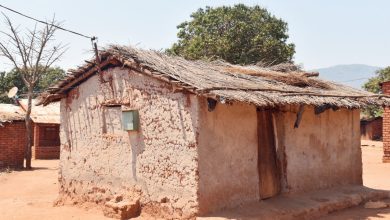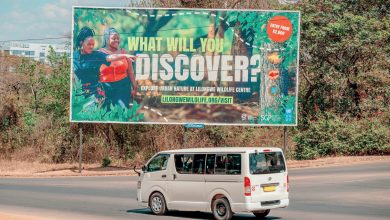Environmental hiccups on Shire Valley Transformation Project
As the Shire Valley Transformation Project (SVTP) stretches canals and farmland across the Lower Shire valley it carries with it both hope and unease. On one side, government officials hail it as a lifeline , turning arid lands into fertile fields to feed thousands.
Yet conservationists warn that the project cuts across fragile ecosystems, where elephants migrate between Lengwe National Park and Majete Wildlife Reserve and where rare bird species nest in dwindling woodlands.

The two conservation sites are home to Impala, Kudu and Nyala animals.
The Shire River itself, a lifeline for aquatic life and fishing communities, faces new pressures from irrigation withdrawals and chemical runoff. In the quest to cultivate more maize and sugarcane, the valley may lose something harder to replace its biodiversity.
For people living along the river banks the changes are already visible.
“We see fewer bird and sometimes the water looks different after rains,” says Esther James, a farmer in Chikwawa who has watched the canal works expand near her village. Fishers echo the concerns catch sizes, they say, are no longer as abundant as before.
Environmentalists argue that these shifts are not accidental. According to the Wildlife and Environmental Society of Malawi (Wesm), the irrigation scheme, if not tightly monitored, could fragment wildlife corridors linking Lengwe and Majete. “Once elephants and antelopes lose their natural pathways, human-wildlife conflict will rise as animals stray into farms,” warns one conservation officer.
According to Parks and Wildlife public relations officer Joseph Nkosi, as a result of SVTP, Lengwe National Park has two major components or sections of the park, namely the Old Lengwe, which has water supply for animals, and the extension area which does not have water supply.
Animal migration will be affected as animals usually move from the Lengwe extension area to drink water and feed in the Old Lengwe. Additionally, some cases of stray buffaloes coming from the park being trapped in the canal increasing their poaching risk have been recorded recently.
“The canal will divide the park into two segments, the animals will be confined in those segments and will take time for them to familiarise with the altered habitat, “ he said.
Nkosi also said the canal will bring a new riverine ecosystem to the park, which animals are not used to, so it will take time for these animals to be used to this riverine ecosystem. Animals such as Kudu, Nyala, and common duiker are used to living in dry woodland savannah.
For Nayson Juma ,a 42-year-old father of four from Mphampa Village, the forests of Lengwe and the open lands near Majete are more than just wildlife habitats, they are part of his survival. During dry seasons, he gathers wild fruits and firewood from the edges of Lengwe to sell at the local market. When times are hard, his family depends on small streams that flow out of Lengwe’s wetlands for water and fishing.
“These places feed us in ways a maize field cannot,”he says, pointing to a bundle of firewood balanced on his bicycle.
But with the irrigation canal now cutting across nearby land, Juma fears both access and the resources themselves may disappear.
“If the animals lose space, we lose too. Because when elephants come into our gardens, who will protect us?” he asks quietly.
His greatest fear, though, is for his children. His eldest son, aged 14, who might skip school to help guard their crops from wandering wildlife. His youngest daughter, just six, suffers from recurring malaria that Juma links to changes in nearby wetlands where mosquitoes now breed more freely.
“I want my children to grow with both food and the forest,” he says, his voice low.
“If the land changes too much, they will inherit only problems,” she says.
Government officials, however, insist safeguards are in place.
The Ministry of Agriculture points to Environmental and Social impact Assessments (Esias) that require buffer zones, careful water management, and monitoring of chemical use. Yet activists question whether enforcement matches the scale of construction.
SVTP communications officer Alice Kaunda acknowledged the concerns but assured the public that safety measures were being implemented.
“Environmental and Social Management Plans (ESMPs) have been developed for every canal component, and we are carefully considering the issues of environmental protection to ensure that the project does not become a catalyst for environmental degradation ,” she said.
When asked about the progress of the first phase of the project, which was supposed to commence in June, she that the project delays are due to the rock blasting near Kapichira Dam. “This project was envisioned in the 1970s, and we are determined to make it a life-changing initiative without compromising public health,” she said.





